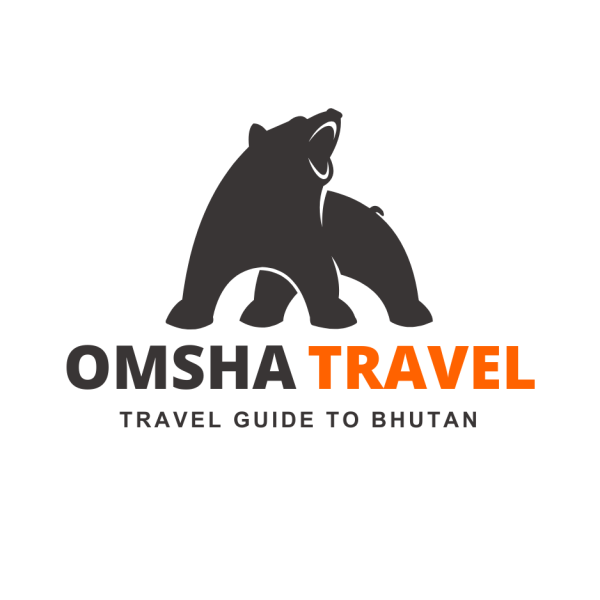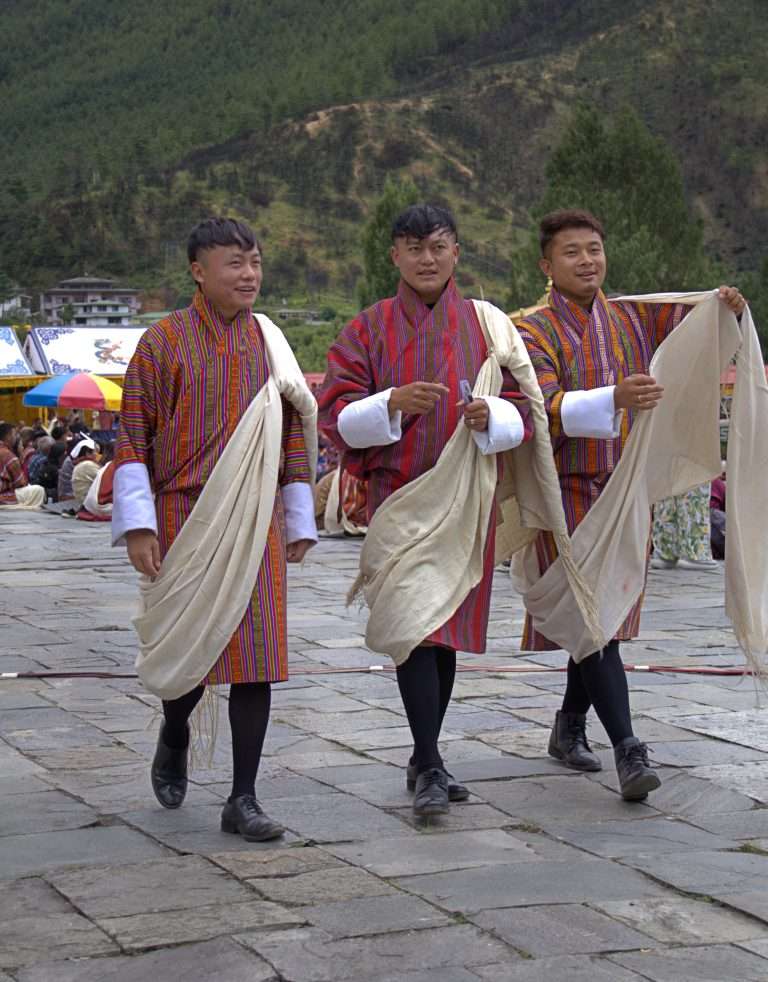Bhutan, with its untouched landscapes and rugged Himalayan terrain, offers some of the most spectacular trekking experiences in the world. From serene valleys to high-altitude passes, Bhutan’s trekking trails provide adventurers with breathtaking views, cultural immersion, and a connection to nature like no other. Here’s your guide to trekking in Bhutan.
Why Trek in Bhutan?
- Pristine Nature: Bhutan’s strict conservation policies ensure that its forests, mountains, and rivers remain unspoiled.
- Unique Culture: Treks often pass through remote villages where you can experience the authentic lifestyle of Bhutanese communities.
- Sacred Landscapes: Many trails are deeply rooted in Bhutan’s spiritual traditions, offering glimpses of monasteries, stupas, and prayer flags along the way.
- Exclusive Experience: Bhutan limits the number of visitors, making trekking here a less crowded and more intimate adventure.

Popular Treks in Bhutan
1. Jomolhari Trek
- Difficulty: Moderate to Challenging
- Duration: 7–9 days
- Highlights:
- Spectacular views of Mount Jomolhari (7,314 meters).
- Diverse landscapes, from lush forests to alpine meadows.
- Visits to remote villages like Soe and Jangothang.
- Best Time: March to May and September to November.
2. Snowman Trek
- Difficulty: Extremely Challenging
- Duration: 20–25 days
- Highlights:
- Known as one of the most difficult treks in the world.
- Crosses 11 high-altitude passes, some exceeding 5,000 meters.
- Remote, untouched landscapes with rare wildlife sightings.
- Best Time: September to October.
3. Druk Path Trek
- Difficulty: Moderate
- Duration: 5–6 days
- Highlights:
- A shorter trek connecting Paro and Thimphu.
- Stunning views of Himalayan peaks and turquoise lakes.
- Campsites near ancient dzongs and monasteries.
- Best Time: March to May and September to November.
4. Dagala Thousand Lakes Trek
- Difficulty: Moderate
- Duration: 5–6 days
- Highlights:
- Known for its numerous glacial lakes.
- Panoramic views of Mount Everest, Kanchenjunga, and Jomolhari.
- Opportunities for fishing and birdwatching.
- Best Time: April to June and September to October.
5. Laya-Gasa Trek
- Difficulty: Challenging
- Duration: 14–16 days
- Highlights:
- Explore the highland village of Laya and meet the Layap people.
- Soak in the famous Gasa hot springs after days of trekking.
- Spectacular views of snow-capped peaks and pristine valleys.
- Best Time: April to June and September to October.

OMSHA Travel's Top Trekking Recommendations in Bhutan
1. Jomolhari-Laya-Gasa Trek
- Difficulty: Challenging
- Duration: 12–14 days
- Highlights:
- Trek through Bhutan’s remote highlands with breathtaking views of the snow-capped Jomolhari peak.
- Traverse alpine meadows, lush forests, and traditional villages, offering a glimpse into Bhutanese life.
- Visit the highland village of Laya and interact with the unique Layap people.
- Relax in the rejuvenating Gasa hot springs after a challenging trek.
- Best Time: April to June and September to October.
2. Dagala Thousand Lakes Trek
- Difficulty: Moderate
- Duration: 5–6 days
- Highlights:
- Known for its numerous glacial lakes.
- Panoramic views of Mount Everest, Kanchenjunga, and Jomolhari.
- Opportunities for fishing and birdwatching.
- Best Time: April to June and September to October.

Cultural and Spiritual Aspects of Trekking in Bhutan
Trekking in Bhutan isn’t just about the physical journey; it’s a spiritual experience:
- Pass by ancient Dzongs (fortresses) and Lhakhangs (temples).
- Encounter Chortens (stupas) and fluttering Prayer flags, which symbolize blessings for travelers.
- Engage with local communities and experience traditional Bhutanese hospitality.
Best Time for Trekking
The ideal seasons for trekking in Bhutan are:
- Spring (March to May): Enjoy blooming rhododendrons and mild temperatures.
- Autumn (September to November): Clear skies and crisp air provide the best views of the Himalayas.
Essential Tips for Trekking in Bhutan
1. Trek with a Licensed Operator
All trekking in Bhutan must be arranged through a licensed tour operator like OMSHA Travel. This ensures permits, logistics, and experienced guides are in place.
2. Acclimatize Properly
Many treks in Bhutan reach high altitudes. Take time to acclimatize to avoid altitude sickness.
3. Pack Smartly
- Layered clothing for varying weather conditions.
- Comfortable, waterproof trekking boots.
- Essentials like sunscreen, a first-aid kit, and trekking poles.
4. Respect Local Culture
- Follow your guide’s instructions when visiting sacred sites.
- Avoid littering and maintain the pristine nature of trails.
5. Stay Fit
Prepare for your trek with regular cardio and strength training to ensure you’re physically ready.
Wildlife and Flora Along the Trails
Bhutan’s trekking routes traverse diverse ecosystems, offering chances to see:
- Wildlife: Himalayan blue sheep, takins, snow leopards, red pandas, and various bird species.
- Flora: Rhododendrons, junipers, and high-altitude medicinal plants.

The Unique Accommodation Experience
- Campsites: Most treks use designated campsites, offering basic yet scenic stays.
- Homestays: Some treks allow overnight stays in local homes, providing cultural immersion.
Off-the-Beaten-Path Treks
1. Nabji-Korphu Trek
- Difficulty: Easy to Moderate
- Duration: 6 days
- Highlights: Explore central Bhutan’s rich biodiversity and traditional villages.
2. Merak-Sakteng Trek
- Difficulty: Moderate
- Duration: 7–8 days
- Highlights: Trek through eastern Bhutan’s unspoiled landscapes and experience the Brokpa culture.
What Makes Trekking in Bhutan Special?
- Gross National Happiness (GNH): Bhutan’s unique philosophy ensures sustainable tourism and meaningful experiences for visitors.
- Limited Footfall: Bhutan’s policy of “High Value, Low Impact” tourism keeps its trails uncrowded and well-preserved.
- Authenticity: Trekking in Bhutan offers a rare combination of natural beauty, cultural richness, and spiritual depth.
Trekking in Bhutan is more than just a physical adventure; it’s a soulful journey through a kingdom where nature and culture coexist in harmony. Whether you’re scaling high-altitude passes or walking through tranquil valleys, every step brings you closer to the essence of Bhutan. With its unparalleled beauty, vibrant traditions, and warm hospitality, trekking in Bhutan promises memories that last a lifetime.
Explore this trek and more with our custom Bhutan Tour Packages, tailored to deliver the ultimate trekking experience in the Land of the Thunder Dragon.





